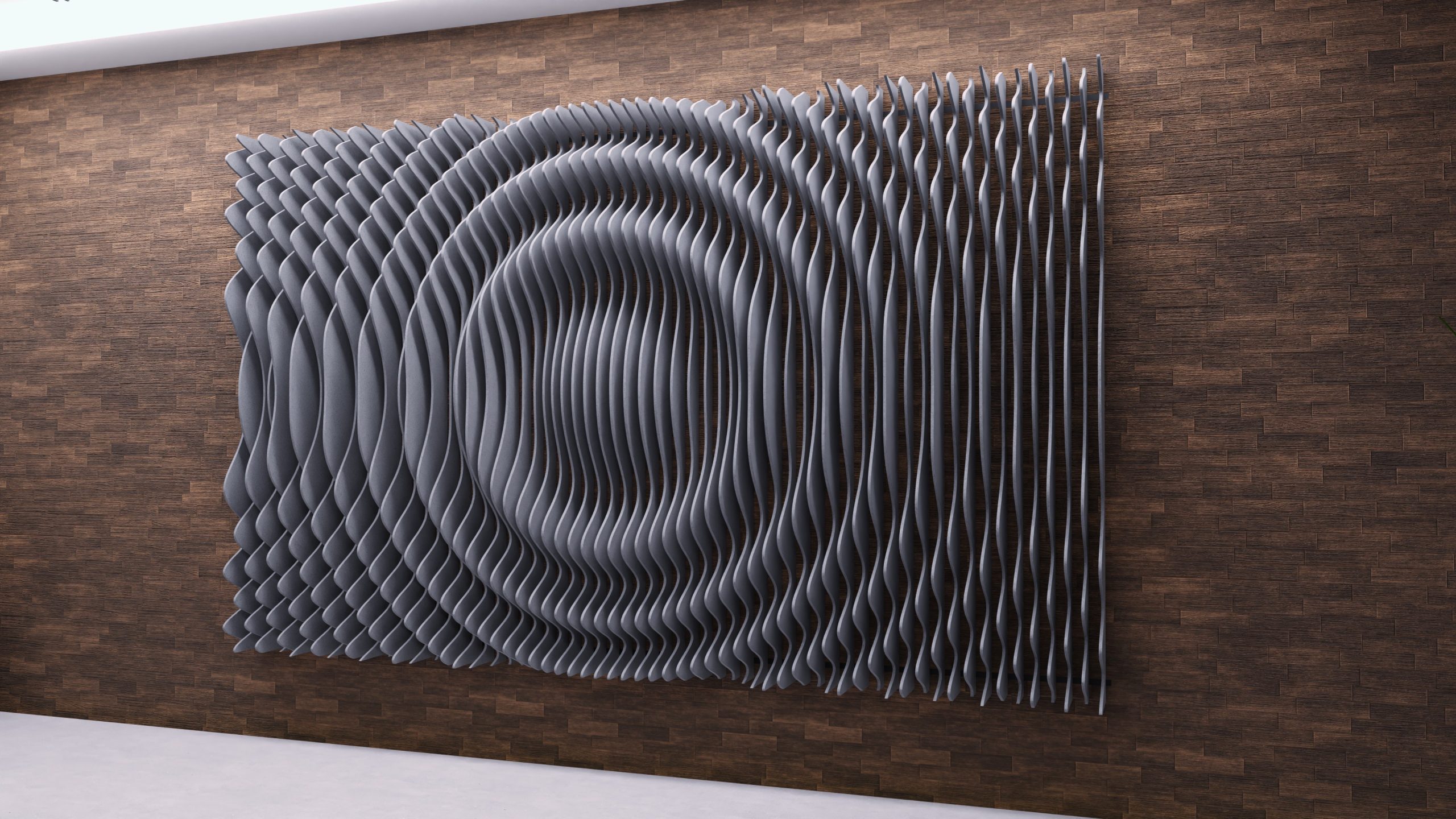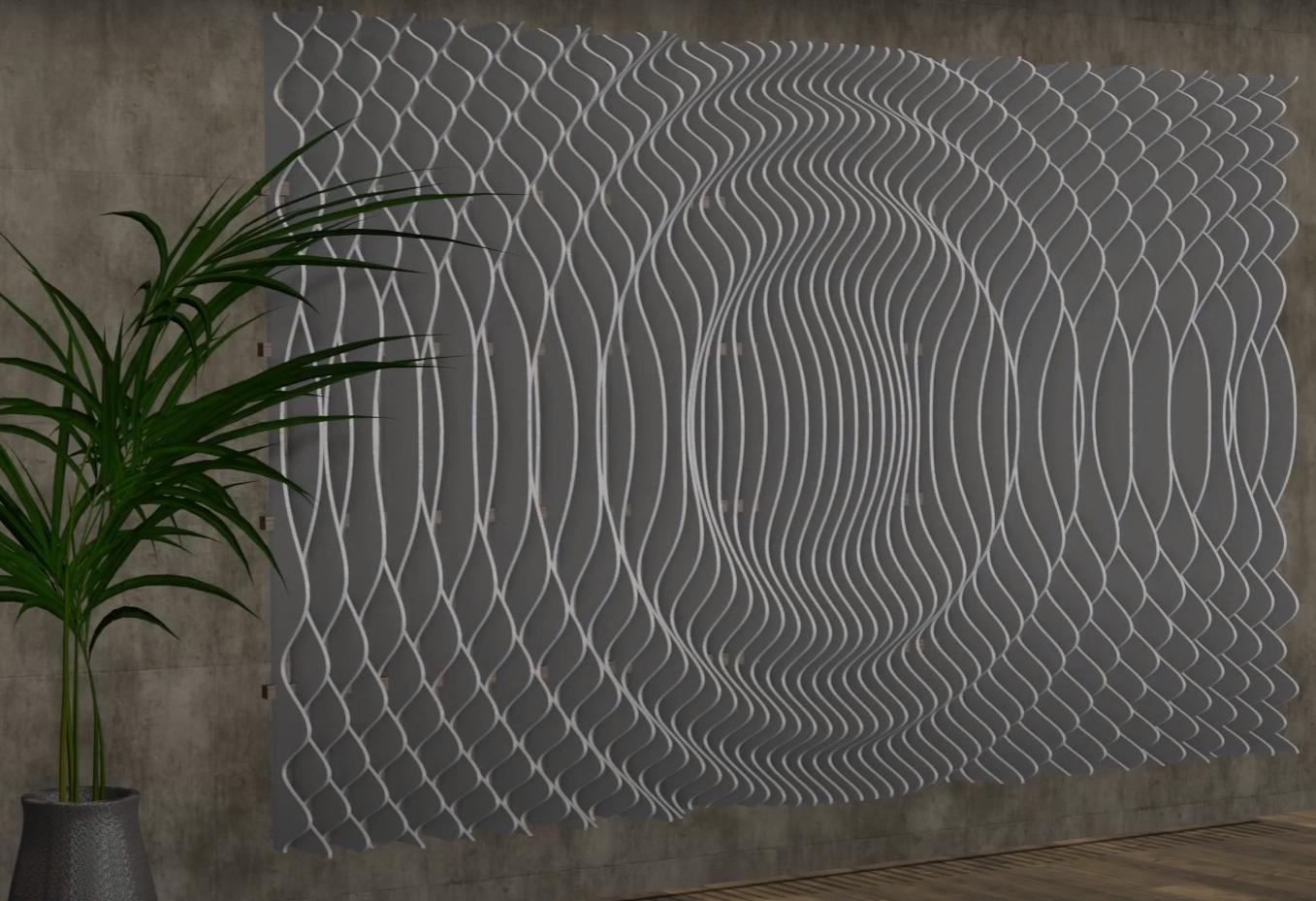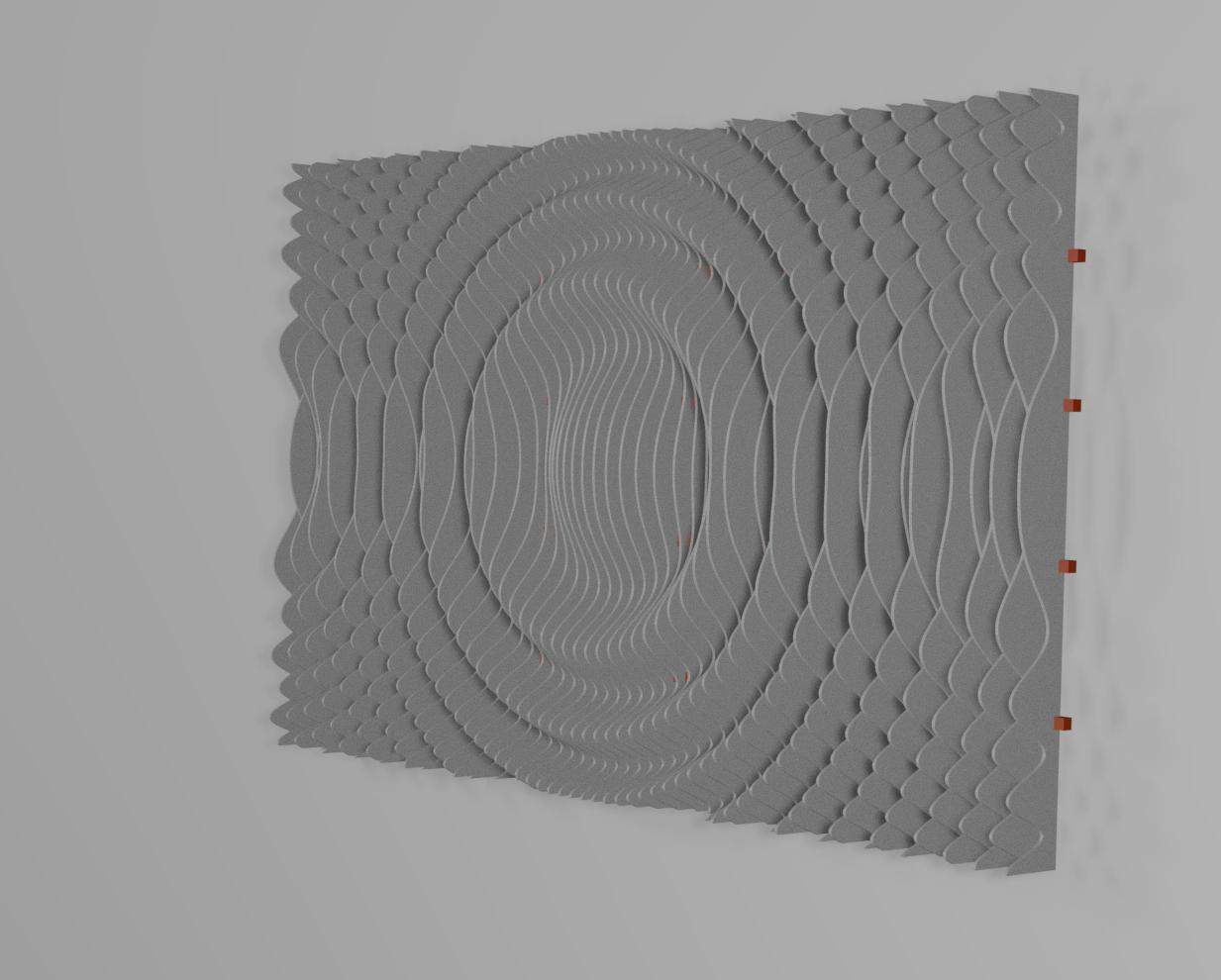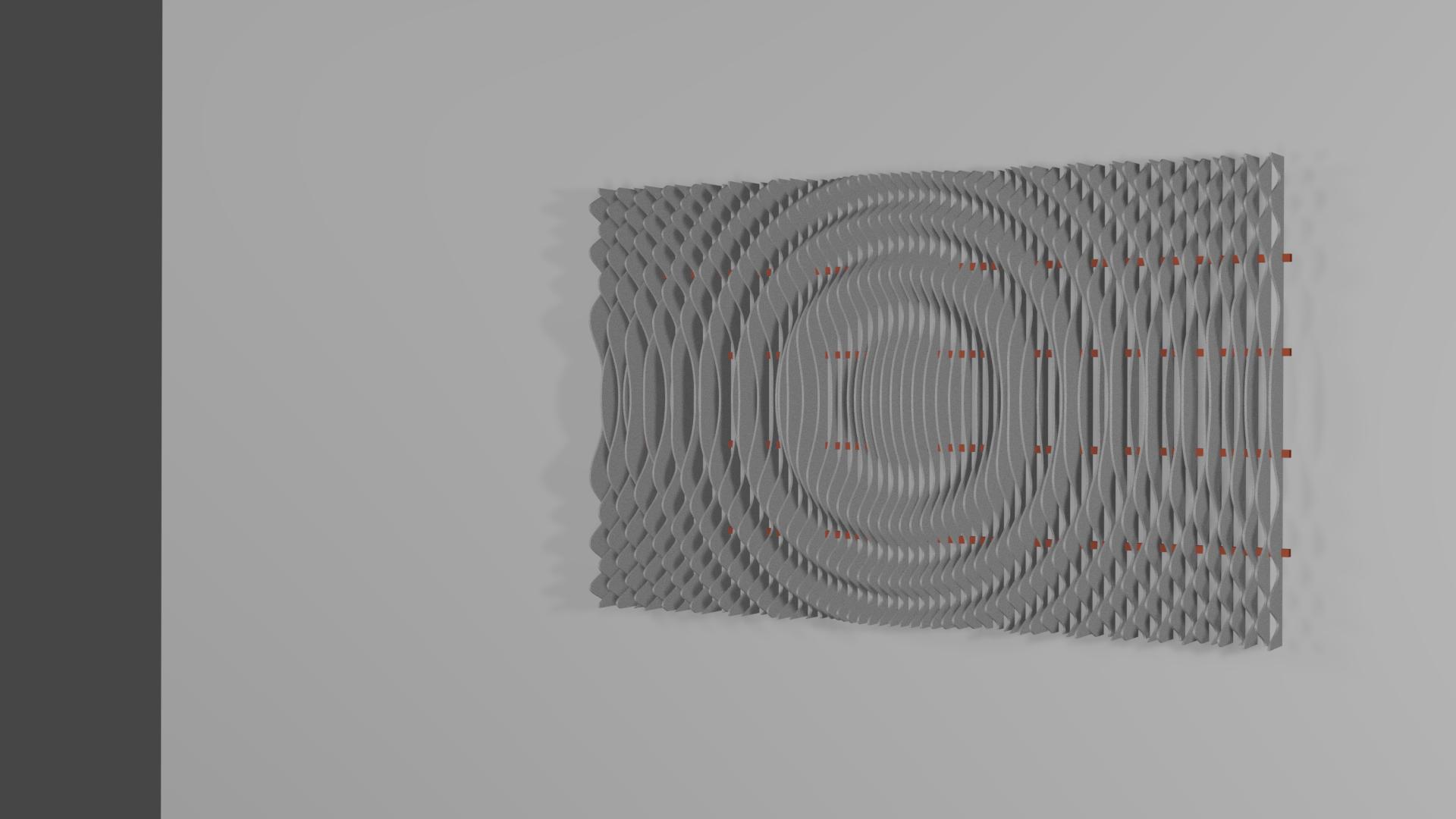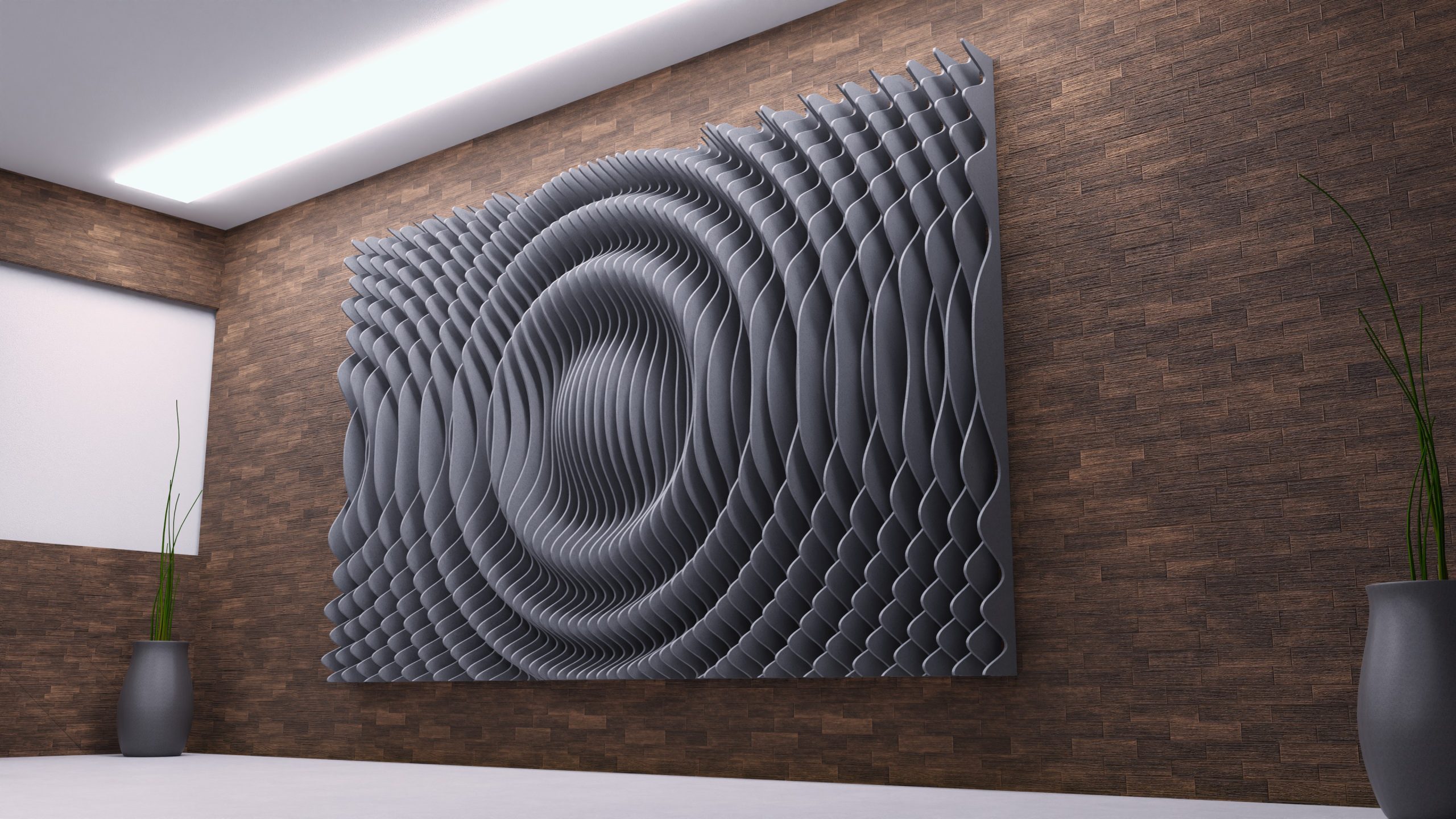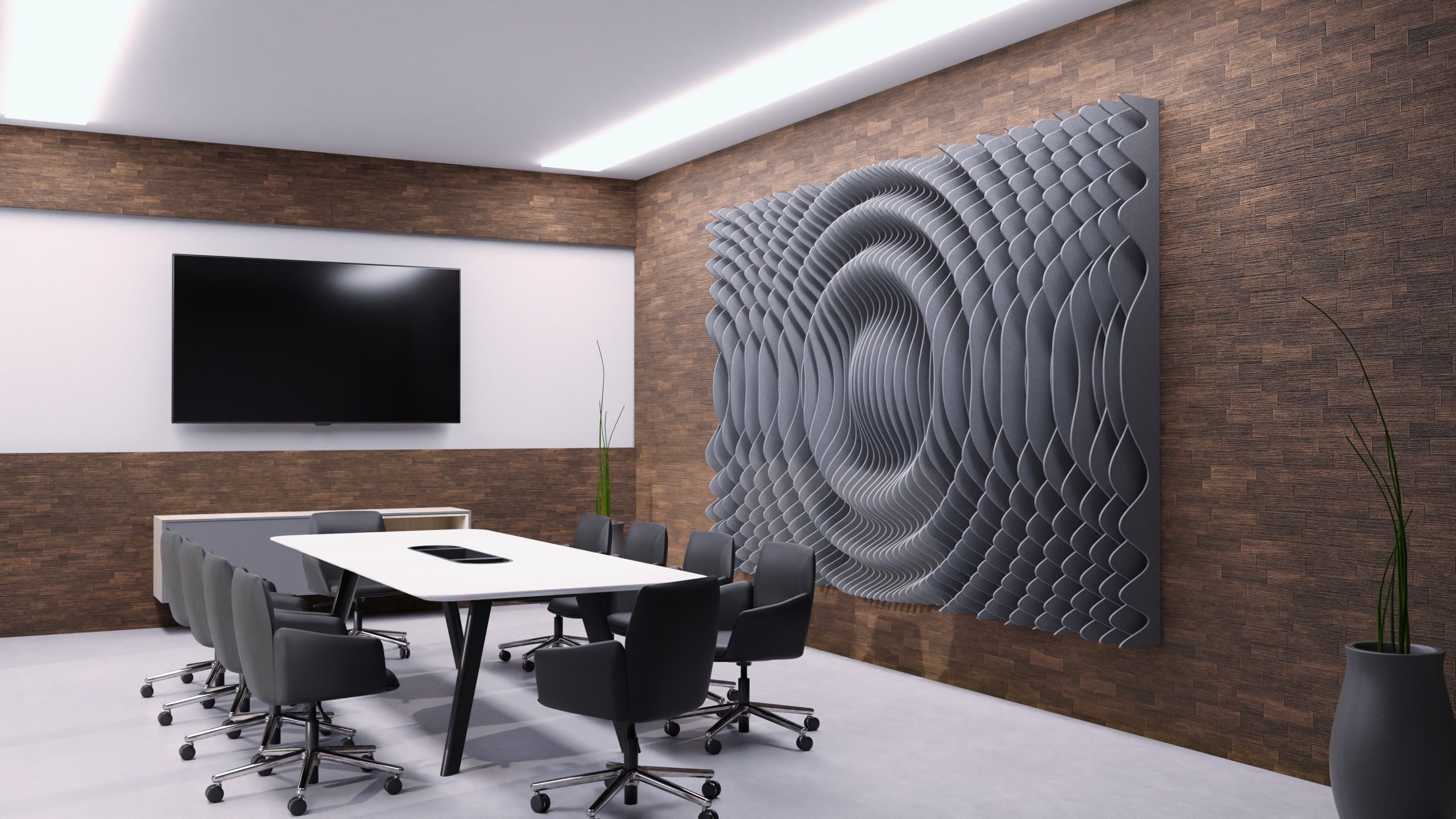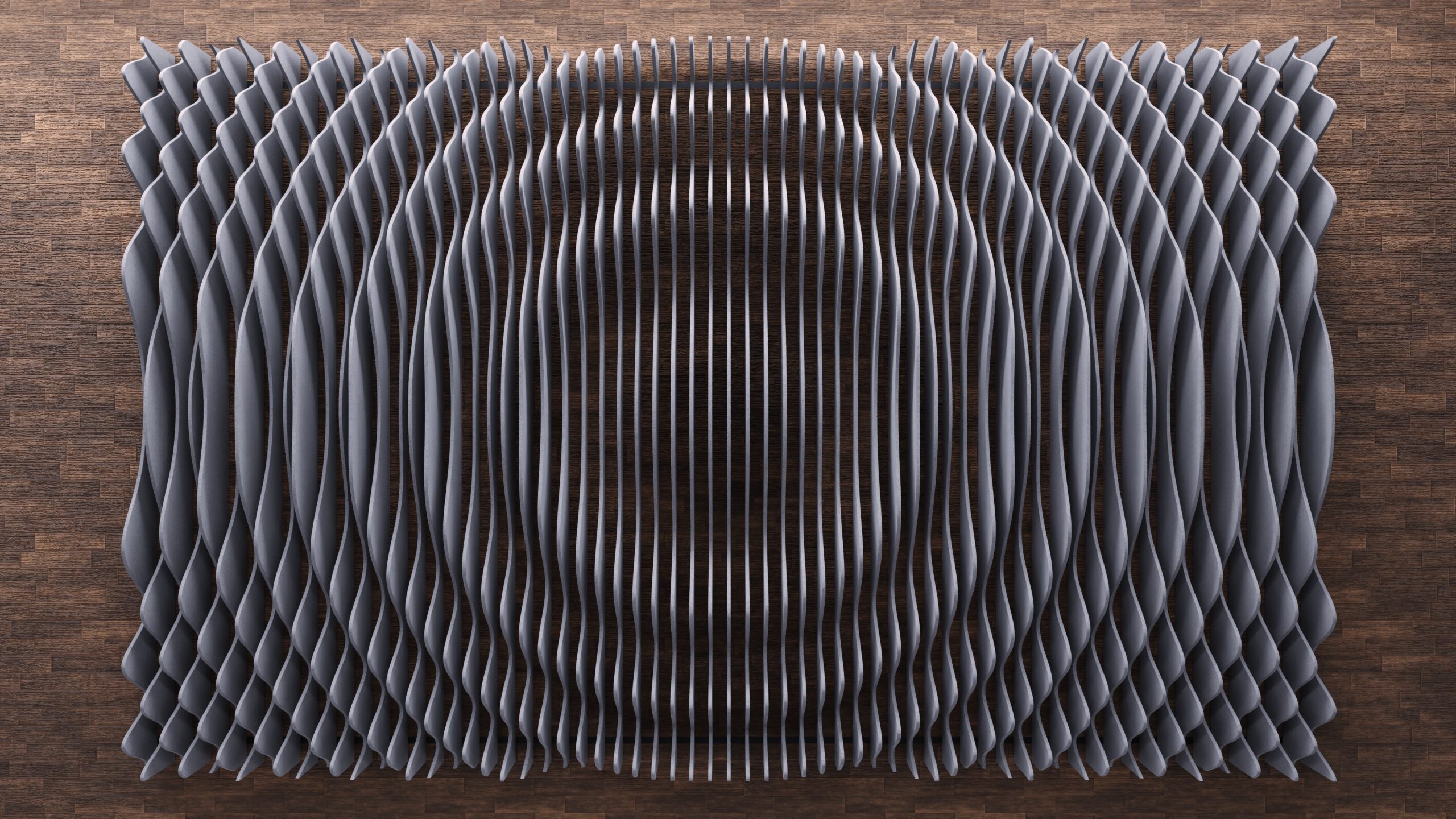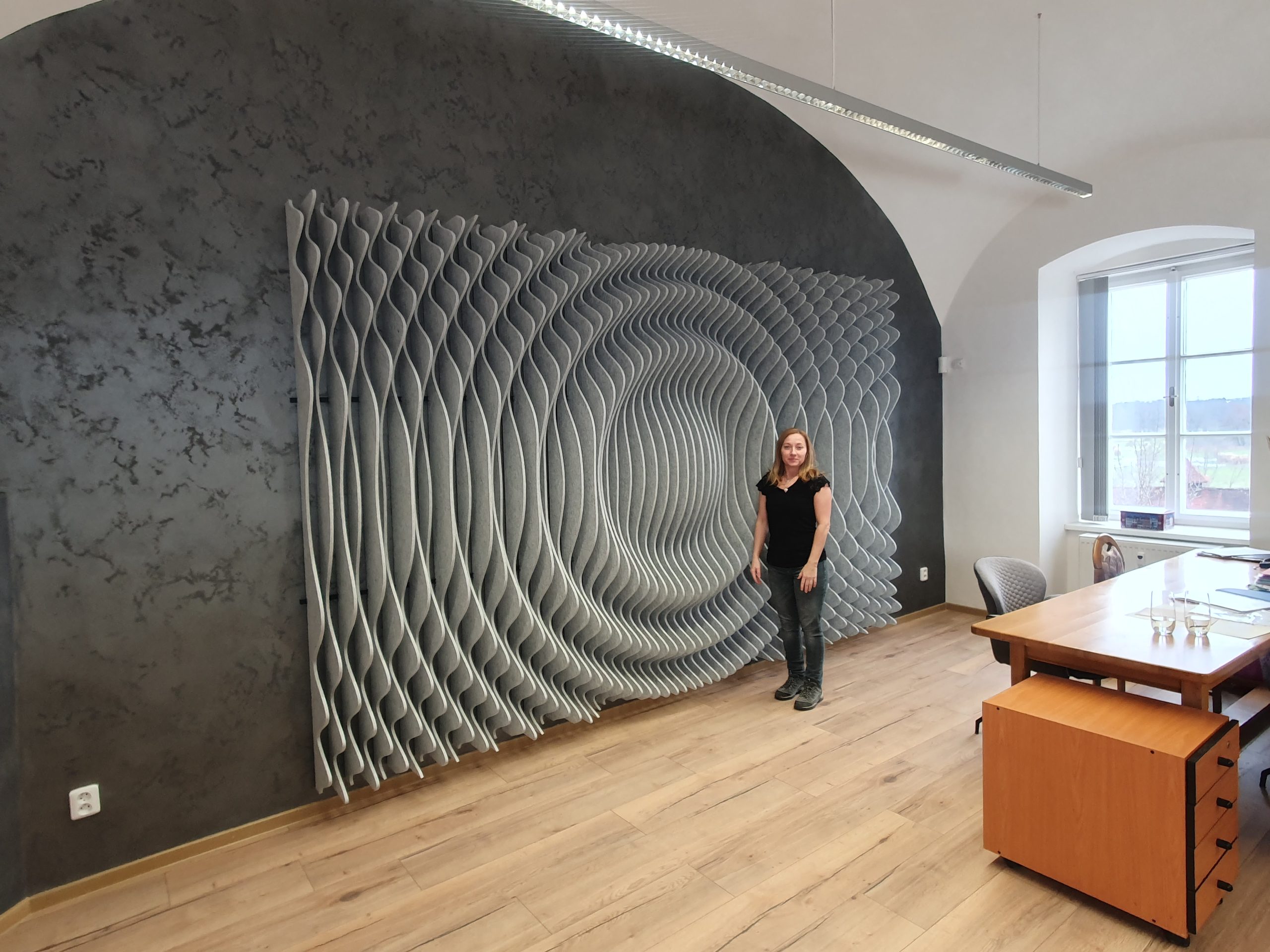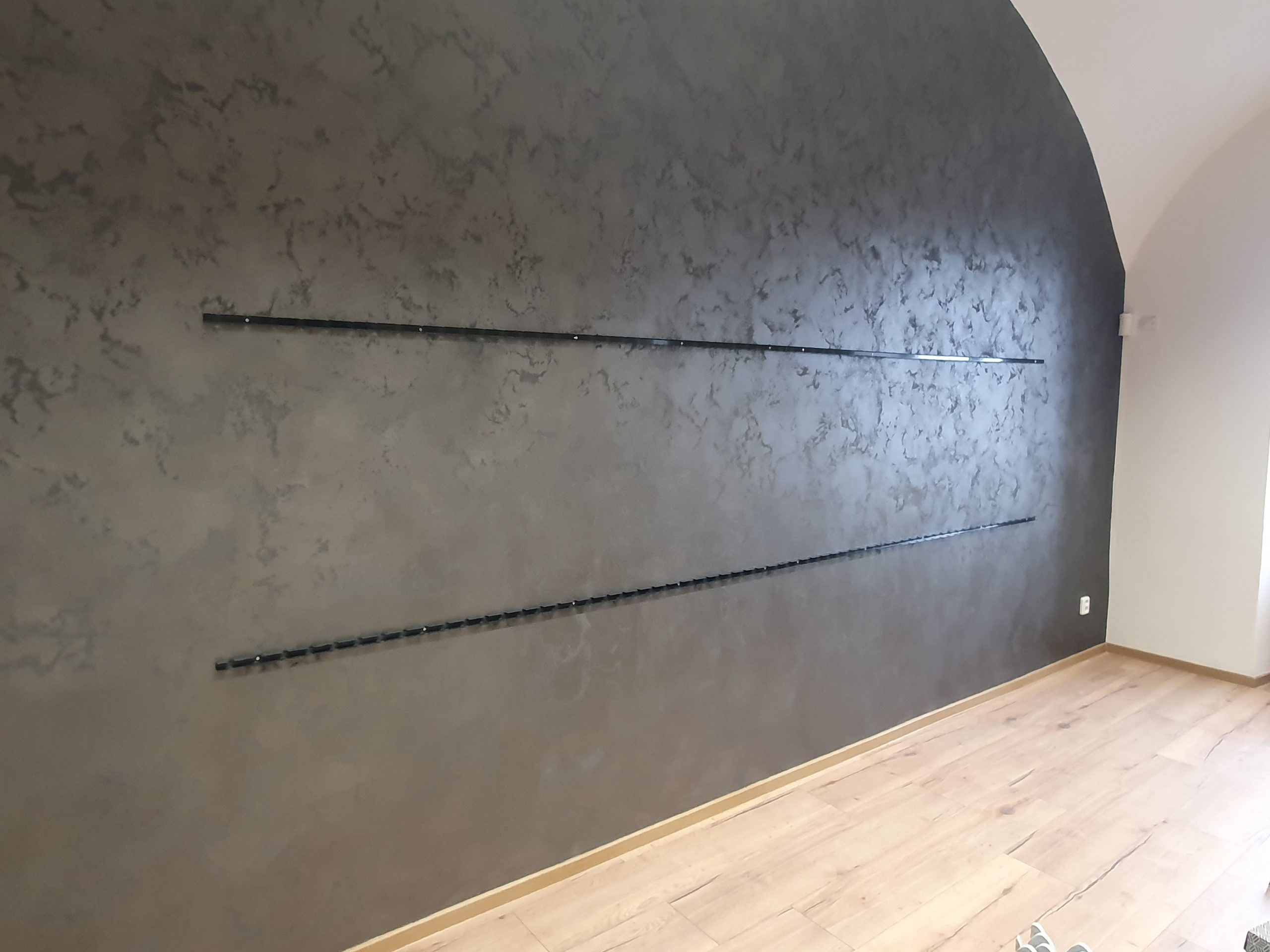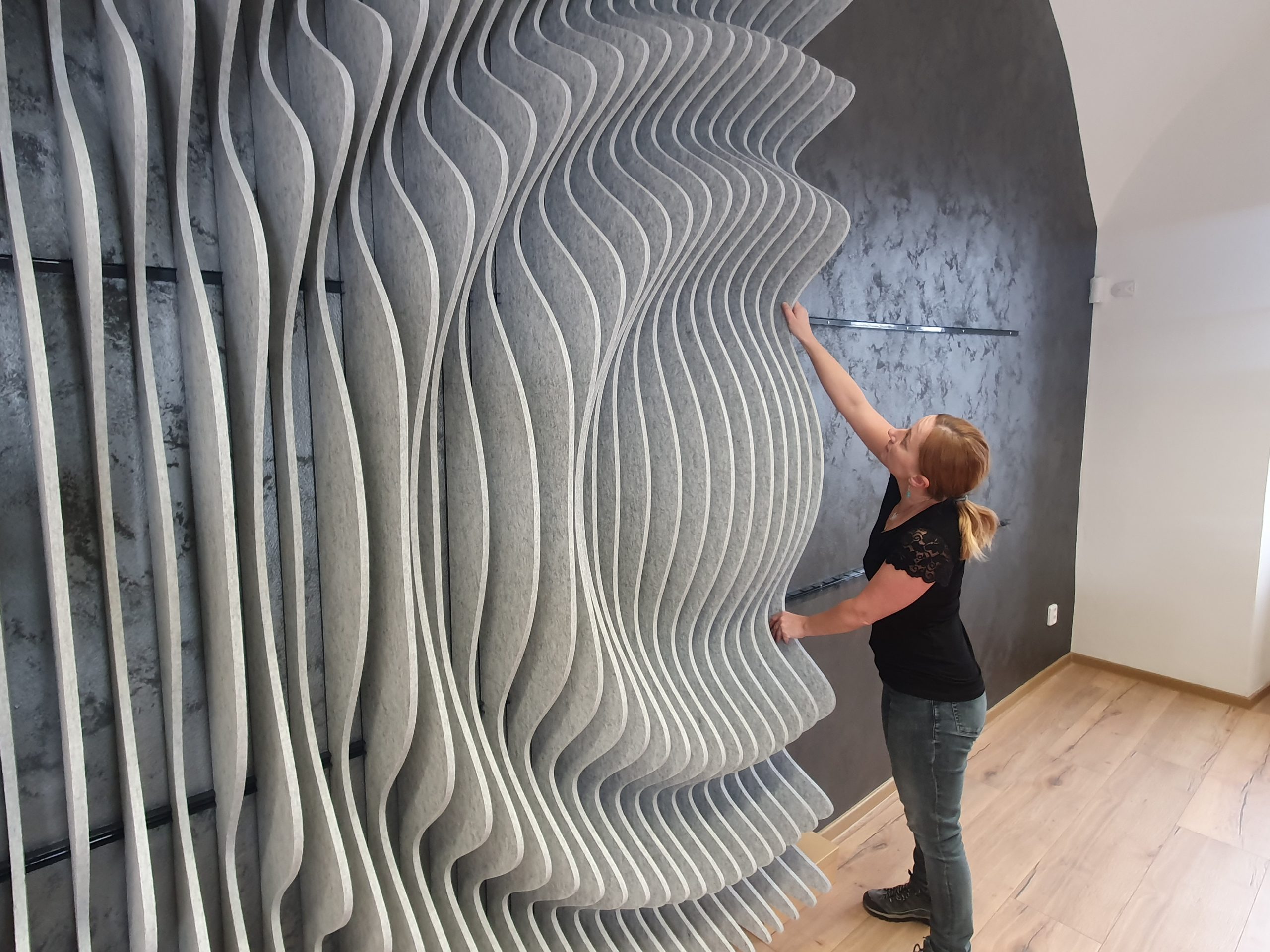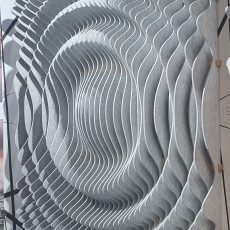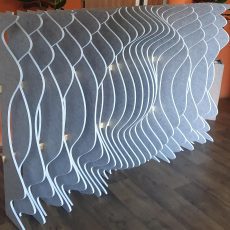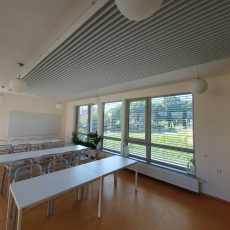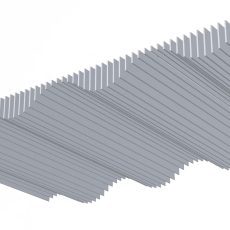Description
Modern design, very high absorption of acoustic energy, airiness, durability, ecology. A modern solution for reducing echo and noise in the interior. Silentmax3D acoustic panels can be mounted on the wall and ceiling.
Construction kit
Silentmax3D is quick and easy to build yourself. We save on packaging and shipping costs. The package contains 64 segments of Silentmax® acoustic panels and 4 pieces of 200cm long Silentmax Easy-fix anchoring system profiles. The total active, acoustically absorbing area is 24 m².
Mounting
- by screwing to the wall
- by screwing to the ceiling
- measure the position of the Silentmax Easy-fix profiles so that there is a gap of 60 cm from the edge of the segments. The centre gap will then be 104 cm.
- balance the profiles with a spirit level and mark the mounting holes. Each profile has 5 mounting holes. Use dowels and screws to fix the profiles to the wall or ceiling.
- On clean ground, lay out the acoustic segments so that their pattern follows each other. Starting at the beginning, one at a time. Press the segment lightly into the grooves of the Silentmax Easy-fix profile. The grooves have reverse serrations which hold the acoustic segment perfectly.
Acoustic absorption function
The speed of sound is 345 ms-1 , a distinct echo has a reverberation time greater than 1 second. This means that it bounces 100 times in one second between walls at a distance of 3.45 m, about 50 times in one second at a distance of 7 m and almost 140 times between the ceiling and the floor at 2.5 m.
The sound propagates spatially, in the spirit, throughout the space. It’s like throwing a stone into water and it ripples across the surface. Sound propagation in the air works the same way, only in all directions. Simply put, from the source of the sound, the waves propagate in all directions. When a sound wave hits a hard surface (wall, tile, concrete, glass, wood) the energy is reflected. The angle of incidence is equal to the angle of reflection. When an acoustic wave strikes a soft material, its acoustic energy is absorbed. You can read more about reverberation and sound propagation in space, for example here.
